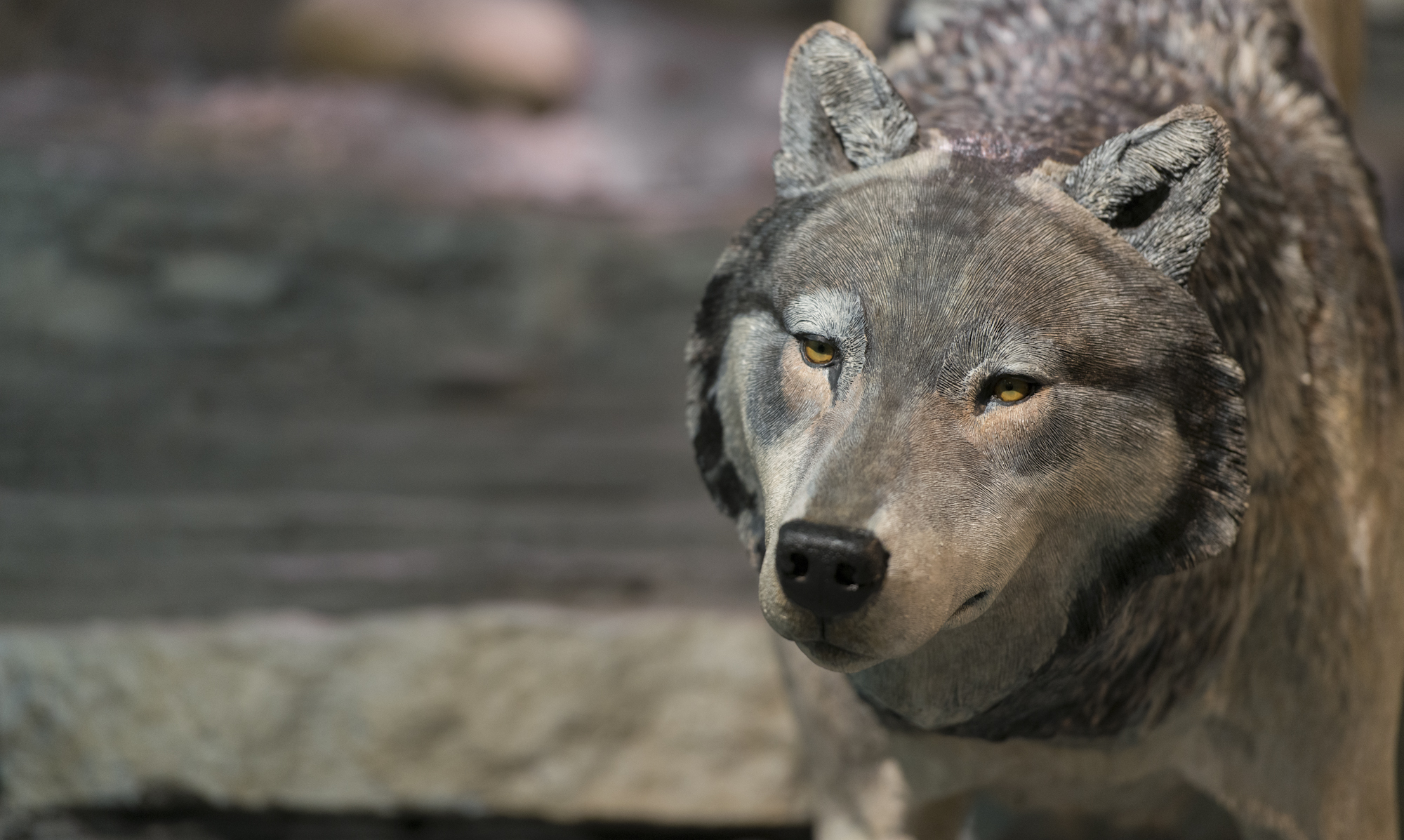
Zoology
While exact numbers remain unknown and estimates are fraught with assumptions about how we define species limits, it is estimated that there are between 9 and 10 million extant animal species on earth. Natural history museums house a tangible record of this diversity and therefore provide the raw material to catalog this diversity and to understand its evolutionary underpinnings. Museums, through internal curatorial research programs, collaborative external research and cross-institutional loans, unlock the biological data intrinsic to a modern, data-rich zoological collection. Museums shed light on fundamental processes in the life sciences and provide baseline data for informed decisions in conservation, environmental management and basic human health. Because the primary value of zoological, and really any natural history collection, lies in the inherit data locked away in these specimens, zoological collections are, in essence, bioinformatic resources — storehouses of biological information. A secondary value to the zoology collection lies in its aesthetic and educational value. Mounted specimens are frequently used in public programming and exhibits to serve as objects of appreciation and as learning tools, illustrating basic principles in biology.
Scope of the Zoology Collection
Cincinnati Museum Center’s Zoological Collections date back to the mid-19th century and encompass seven main areas of taxonomic organization. There are three areas of invertebrate collections: entomology, malacology and arachnology, and four areas of vertebrate collections: ichthyology, herpetology, mammalogy and ornithology, with smaller collections for other arthropods (crustaceans) and modest botanical and mycology collections. Together these collections total approximately 250,000 specimens. These collections vary significantly in their scientific importance, use, scope and geographic coverage. Geographic scope of these collections is centered primarily around the Ohio Valley but with significant vertebrate material from the Philippines, a raptor collection global in scope, amphibians from the Southern Appalachians and important malacological material from the Caribbean and Pacific. Because the zoology collection comprises specimens representing a broad swath of the animal kingdom the nature of the material is highly diverse, ranging from dried shells and skeletal material to round skins, pinned insects, fluid preserved whole specimens and genomic resources.
A recent push in the zoology collection has been towards an emphasis on vouchered frozen tissue collections. Tissue samples collected from any organism can yield biomolecules (DNA in particular) that can be used to answer a myriad of questions in the life sciences. Frozen tissues backed by traditional specimen-based vouchers (skins, skeletons, fluid preserved whole specimens, etc.) are in considerable demand from the research community in evolutionary biology. This demand has grown in step with emerging tools in molecular biology. New approaches to high-throughput, parallel DNA sequencing and comparative genomics these collections will continue to stoke this need for vouchered frozen tissue collections. To date the zoology department has accumulated nearly 3,500 froze tissues primarily from vertebrate groups. This includes a significant avian tissue collection (≈ 1,800 specimens, including considerable material from the Philippines and Eastern North America) a considerable mammal tissue collection (≈ 1,000 specimens) and a rapidly growing tissue collection for reptiles and amphibians (≈ 700 specimens) and fishes (≈ 100 specimens).
Nest Is Best YouTube Playlist
Click here to watch the Nest Is Best YouTube playlist.
Conversations with a Curator: CMC's DNA Lab with Heather Farrington
Staff and Adjuncts
Heather L. Farrington, Ph.D.
Curator of Zoology
Cincinnati Museum Center
1301 Western Avenue
Cincinnati, OH 45203
Phone: (513) 455-7163
Email: hfarrington@cincymuseum.org
Rachel Bridgens
Zoology Collections Manager
Cincinnati Museum Center
1301 Western Avenue
Cincinnati, OH 45203
Phone: (513)-287-7000 ext. 7307
Email: rbridgens@cincymuseum.org
Adjunct Staff
Jeffrey G. Davis
Research Associate
Herpetology
Phone: (513) 742-6340
Email: anura@fuse.net
Cody Fleece
Research Associate
Malacology
Senior Ecologist at Stantec
Email: cody.fleece@stantec.com
Stanley Hedeen, Ph.D.
Adjunct Curator
Professor Emeritus, Xavier University
Chris Lorentz, Ph.D.
Research Associate
Ichthyology
Professor, Thomas More College
Email: lorentc@thomasmore.edu
